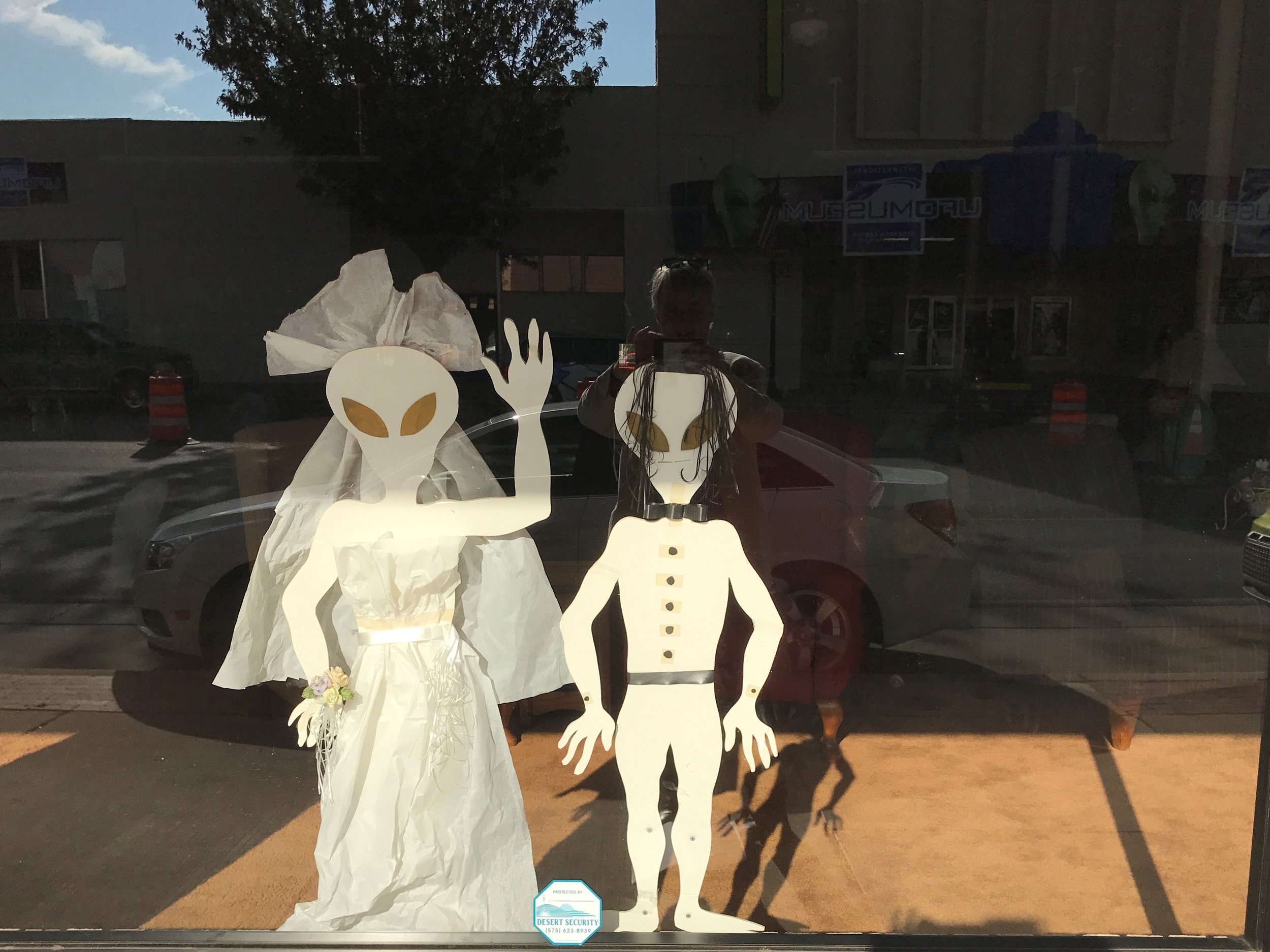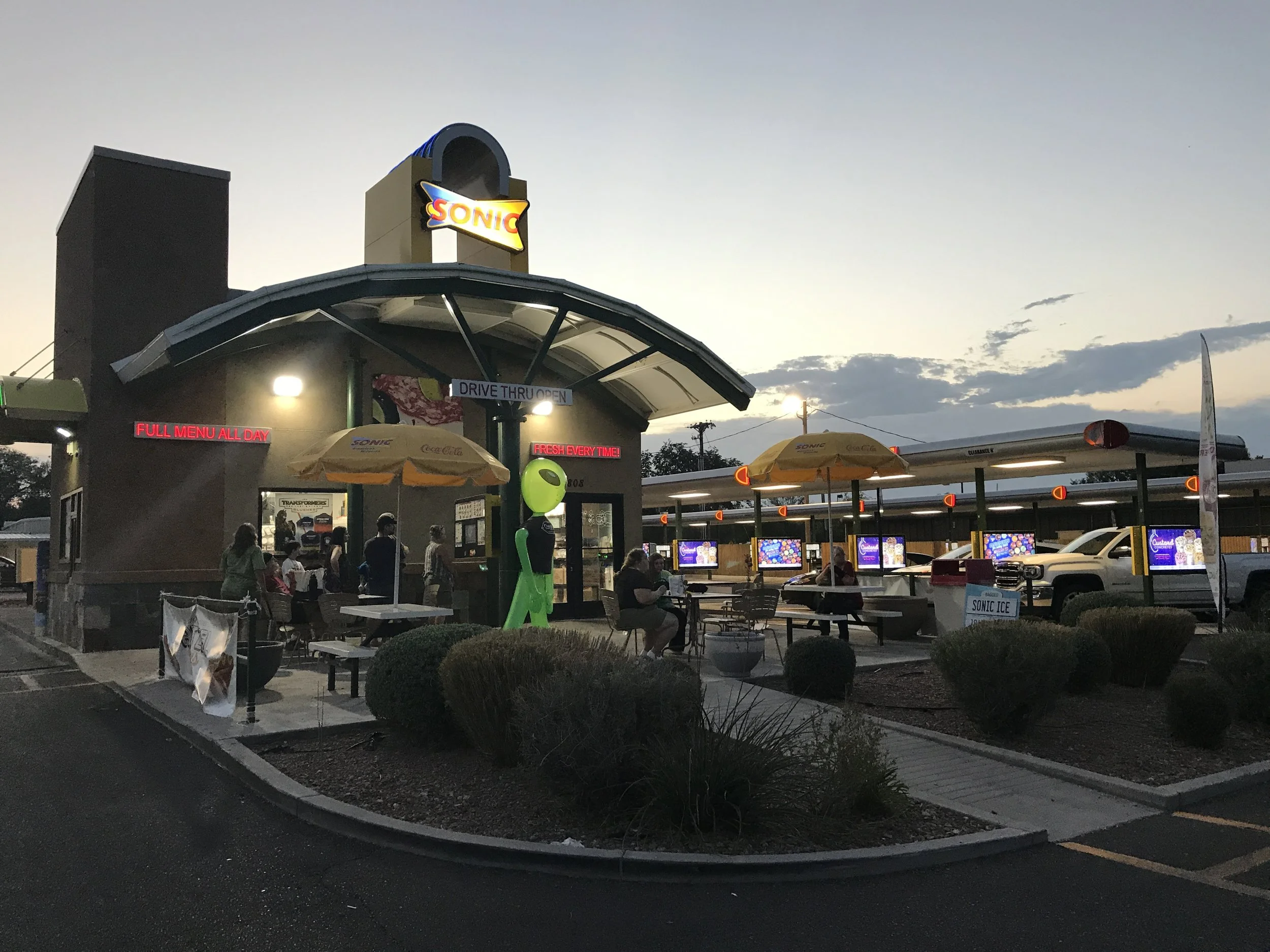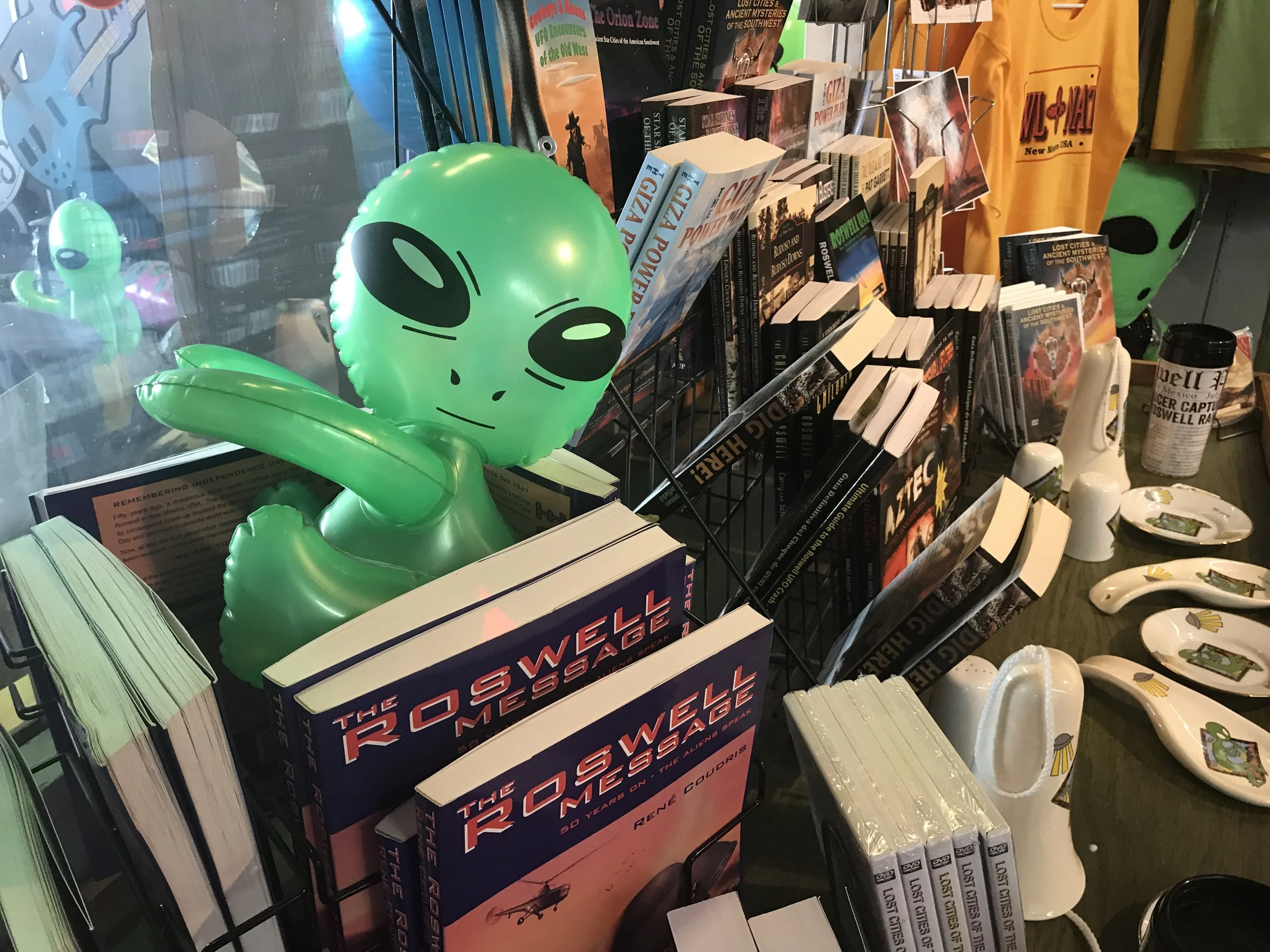The Roswell story—or, appropriately, its fragments—can be found scattered across American culture. It starts in mid-June 1947 when ranch hand William “Mac” Brazel, a link to a legend of the Old West (his uncle may have killed Billy the Kid’s killer), stumbled upon the debris that propelled him into a legend of a space age that had yet to arrive.
Brazel wasn’t impressed by the “bright wreckage made up of rubber strips, tinfoil, a rather tough paper, and sticks” strewn out there in the desert, but a week or so later he heard that a sighting in Washington State had triggered America’s first proper UFO “flap” and, critically, a $3,000 reward for physical evidence of one of these contraptions. Even then it was a few days before Brazel (who had no phone) “whispered kinda confidential” to the sheriff during a routine visit to Roswell, some seventy-five miles away. The sheriff contacted the authorities at the Roswell airfield, home, perhaps fittingly, to the only unit on the planet then equipped to drop an atomic bomb: there are those who speculate that it was New Mexico’s role—from Los Alamos to White Sands—in so much of the development of America’s nascent nuclear arsenal that (supposedly) drew extraterrestrial observers to the Southwest. It was two humans, however, the intelligence officer Jesse Marcel and a colleague, who retrieved the wreckage from Brazel. On July 8, the base’s commander ordered his public information officer to put out a press release, and that’s what Lieutenant Walter Haut did:
The many rumors regarding the flying disc became a reality yesterday when the intelligence office of the 509th Bomb Group . . . was fortunate enough to gain possession of a disc.
The wreckage had become a disc, the disc became a headline: “RAAF [Roswell Army Air Field] Captures Flying Saucer on Ranch in Roswell Region,” was the Roswell Daily Record’s headline on a front page, still available for sale across town in formats ranging from T-shirt to magnet.
In the release, Haut also explained that the disc had been inspected, “then loaned by Major Marcel to higher headquarters.” It was there that Brigadier General Roger Ramey let the air out of the balloon by telling the press that the wreckage was a balloon, or, more precisely, what was left of a weather balloon and the radar reflectors it had been transporting. The Roswell Daily Record ’sheadline was bleak: “General Ramey Empties Roswell Saucer.” A “harassed” Mac Brazel, it related, was sorry he had “told” but added that “he had previously found two weather observation balloons on the ranch, but . . . what he found this time did not in any way resemble either of these”—intriguing, but not intriguing enough to be talked about for the next three decades.



















